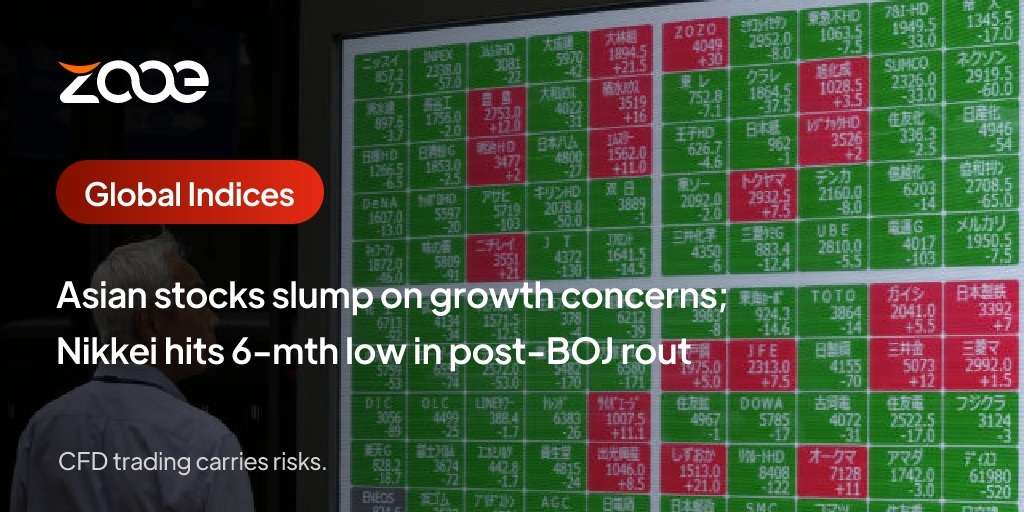
Investing.com– Oil prices fell to a four-month low in Asian trade on Tuesday, extending losses after the OPEC+ signaled it will begin tapering off its production cuts this year, while weak economic data raised concerns about sluggish demand.
Brent oil futures expiring in August fell 0.4% to $78.05 a barrel, while West Texas Intermediate crude futures fell 0.4% to $73.80 a barrel by 21:03 ET (01:03 GMT). Both contracts slid about 3.3% each on Monday, and were at their lowest level since early-February.
OPEC+ move to begin scaling back production cuts seen as bearish
The Organization of Petroleum Exporting Countries and allies (OPEC+) decided in a weekend meeting that it will maintain 3.6 million barrels per day of production cuts until the end of the year.
But the cartel will begin scaling back 2.2 million bpd of cuts from the end of September 2024 till October 2025.
This scaling back was seen as a bearish signal for markets, especially if demand did not materialize as the OPEC+ forecast for the coming year. It also indicated that the cartel had limited headroom to keep supporting oil prices.
“The market was expecting them to remain in place until the end of the year. This saw Brent crude tumble… as investors weigh up rising supply against an uncertain economic backdrop,” analysts at ANZ wrote in a note.
Weak PMI data, mixed China cues spark demand fears
Crude markets were also spooked by weak purchasing managers index data from the U.S., which showed manufacturing activity in the country contracted for a second consecutive month in May.
3rd party Ad. Not an offer or recommendation by Investing.com. See disclosure here or remove ads.
The reading raised concerns that sticky inflation and high interest rates were chipping away at economic activity in the world’s biggest fuel consumer, which could entail weaker demand.
Focus this week is on key labor market readings from the country, which are expected to factor into the outlook for interest rates. Markets were seen positioning for a September interest rate cut by the Fed.
Mixed PMI readings from top oil importer China also weighed on sentiment, after official data released last week showed an unexpected contraction in the country’s manufacturing sector.
In addition to concerns over the OPEC+ and weak demand, oil traders were also seen pricing out a risk premium from crude after the U.S. attempted to broker a ceasefire between Israel and Hamas, which could herald stabler geopolitical conditions in the Middle East.




